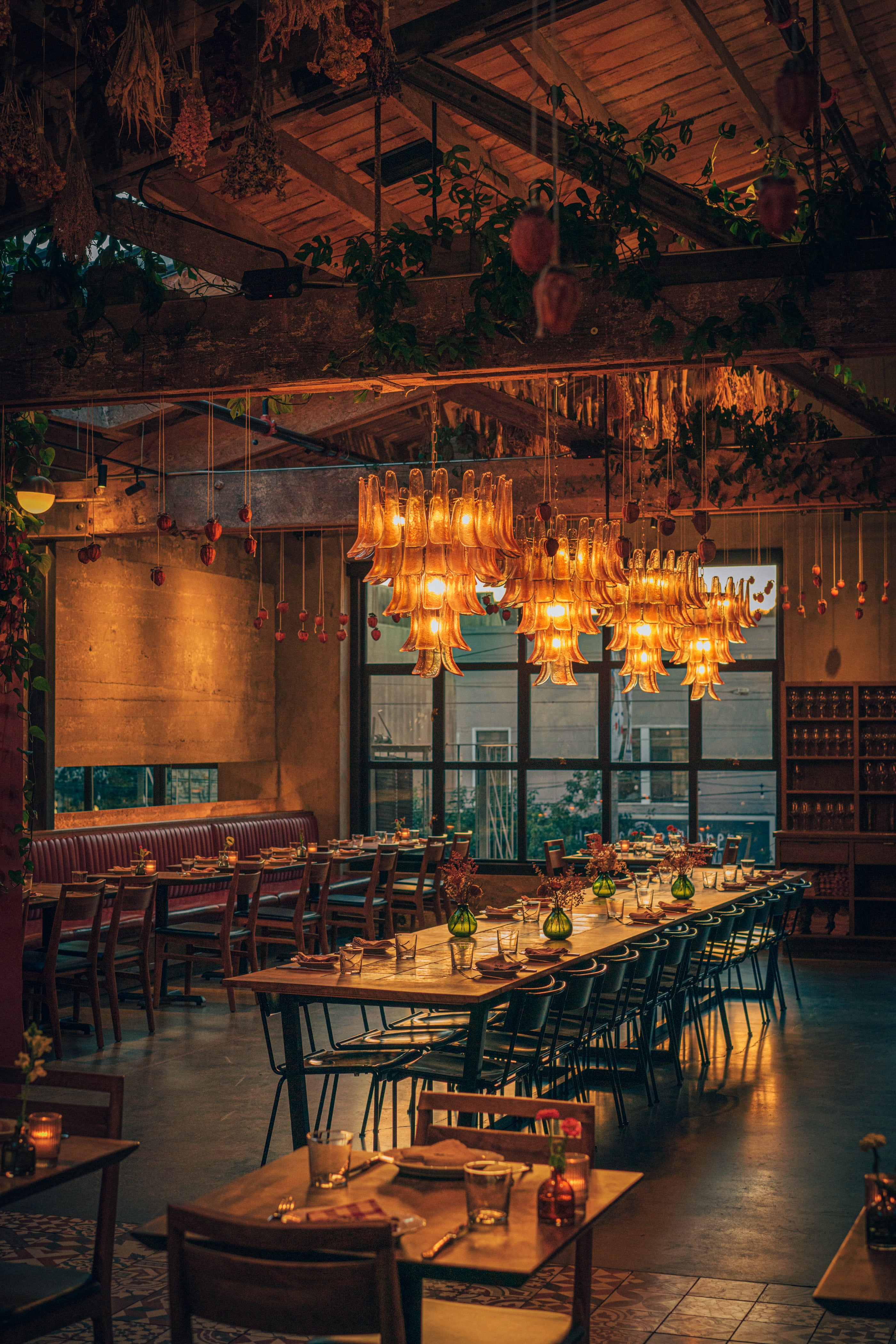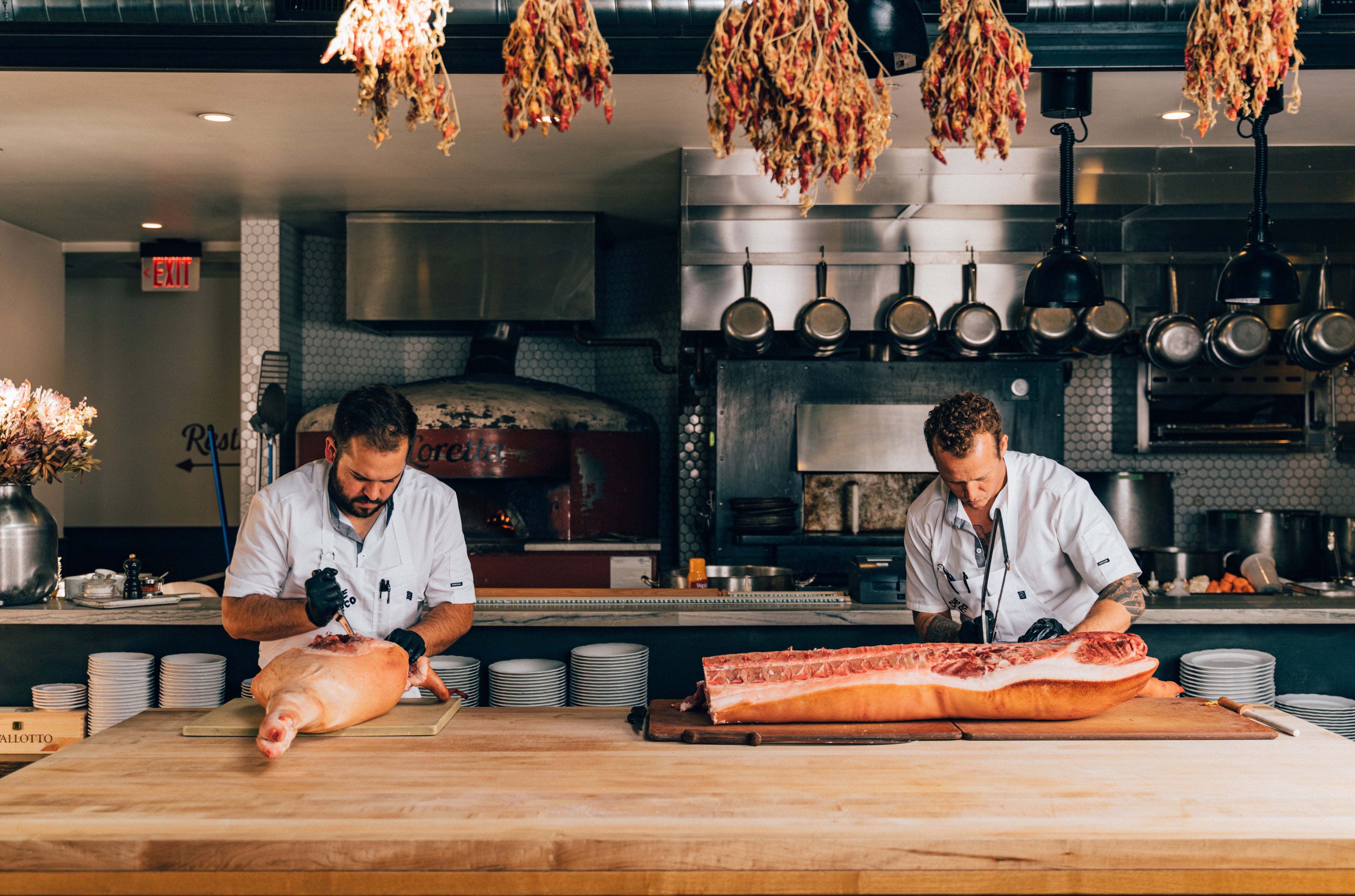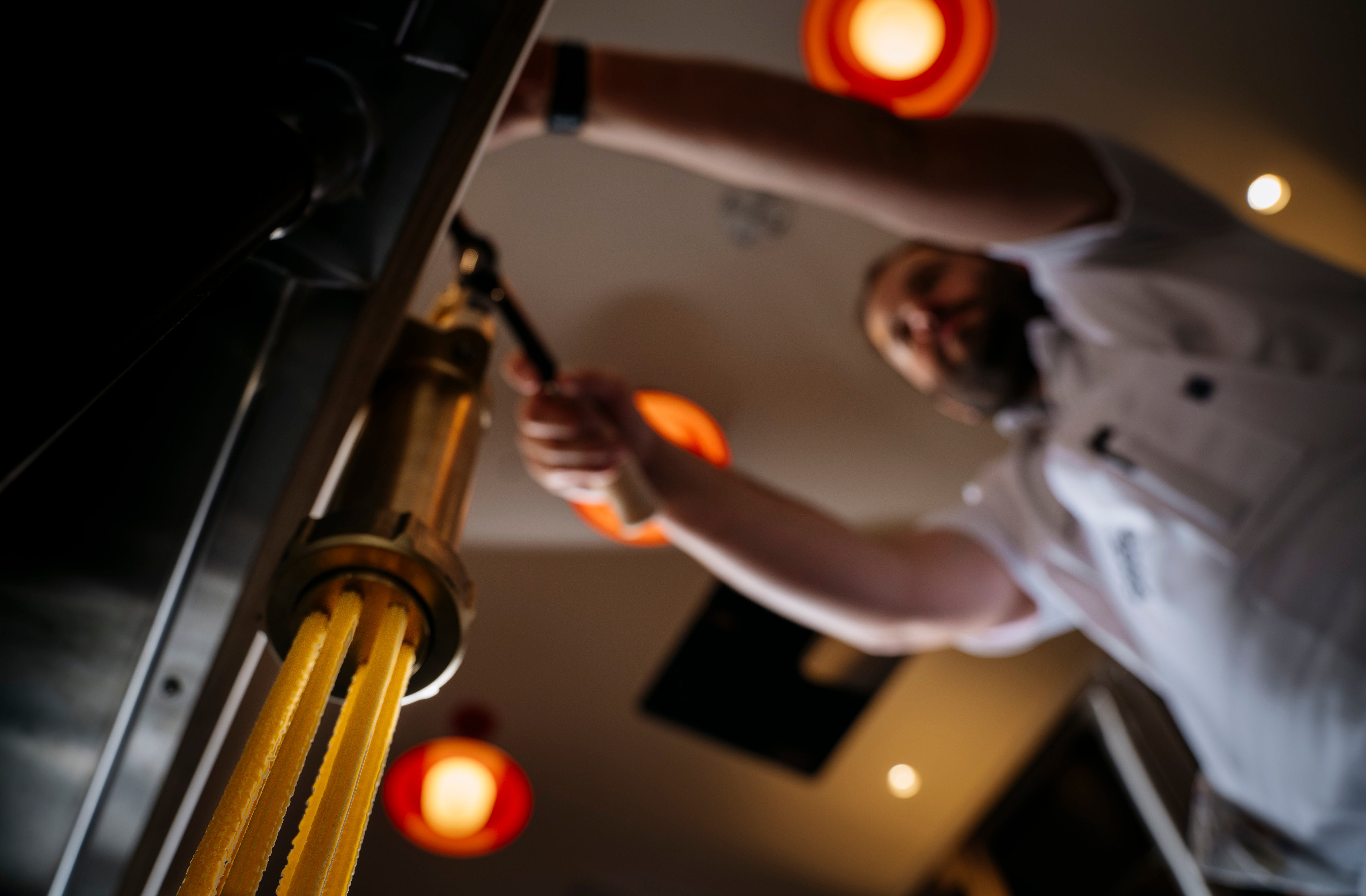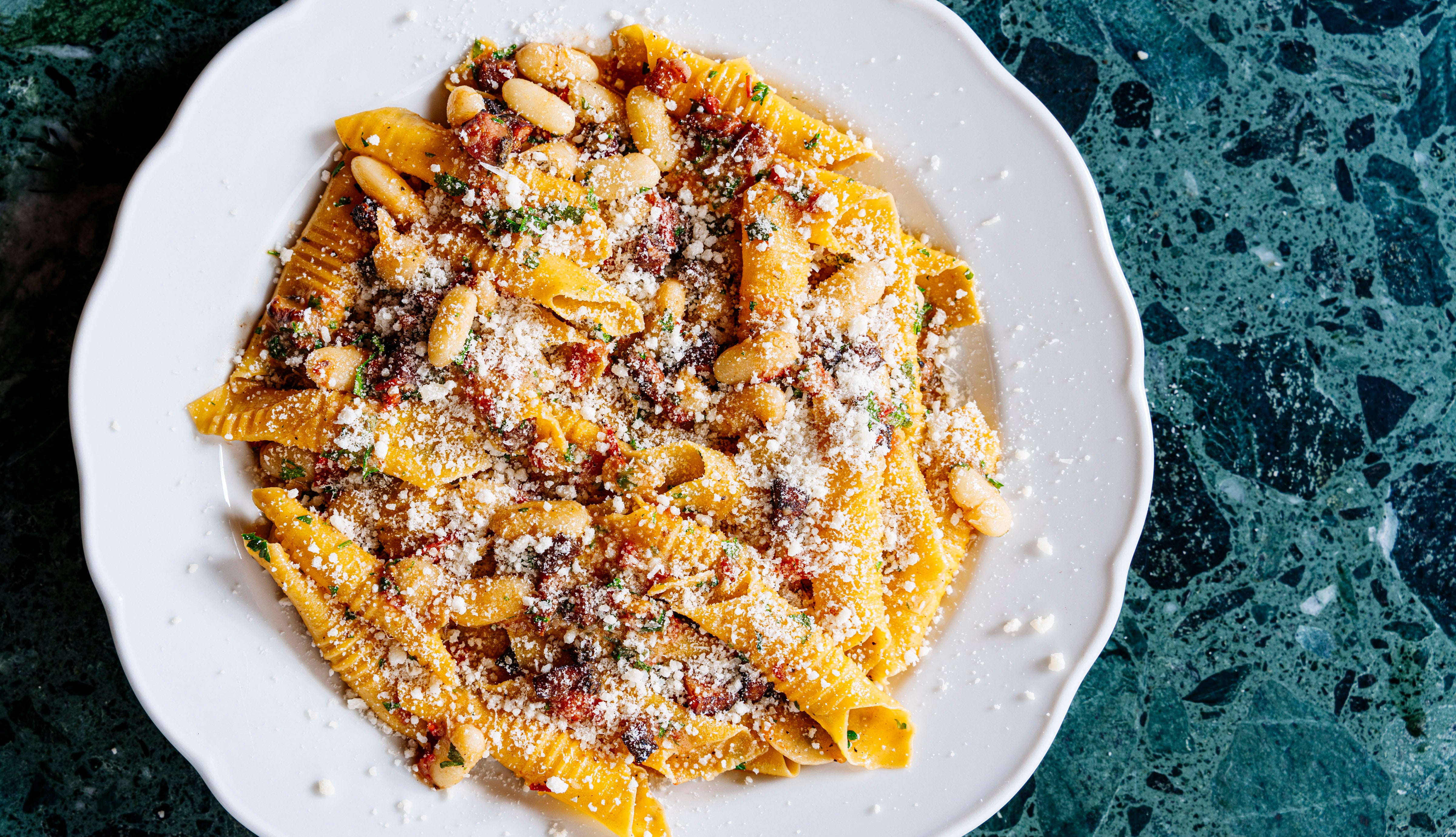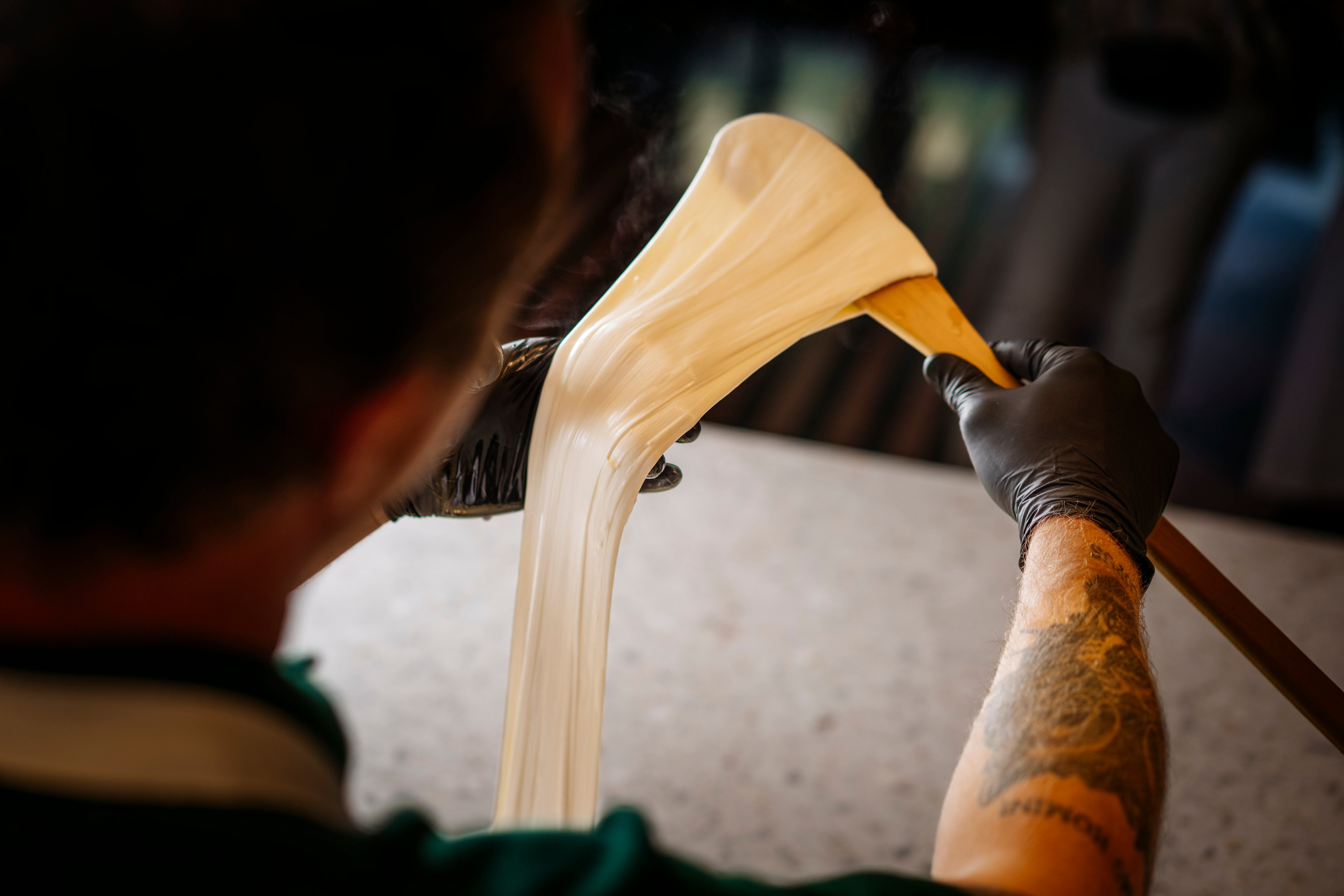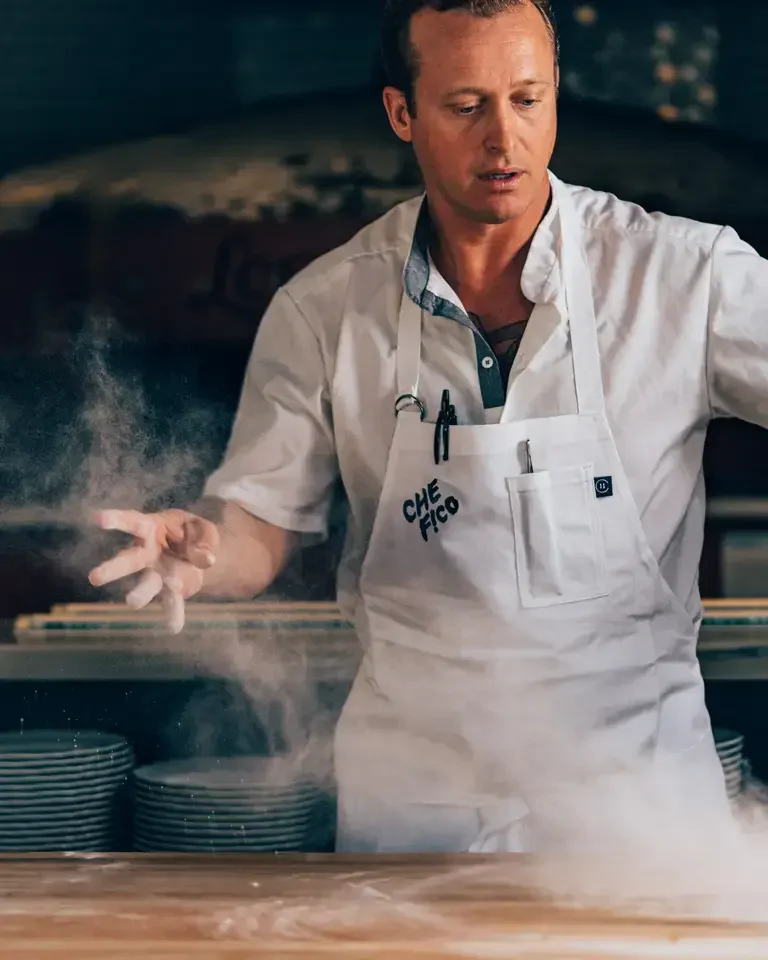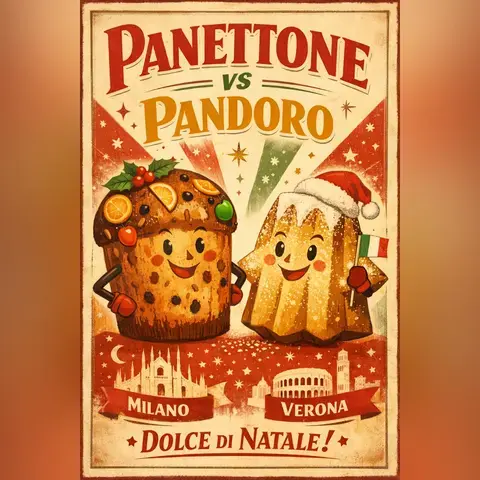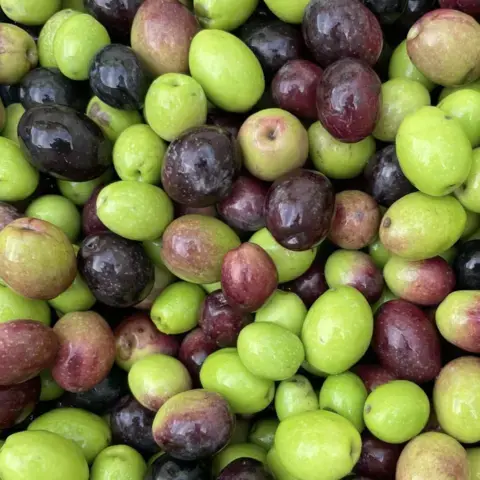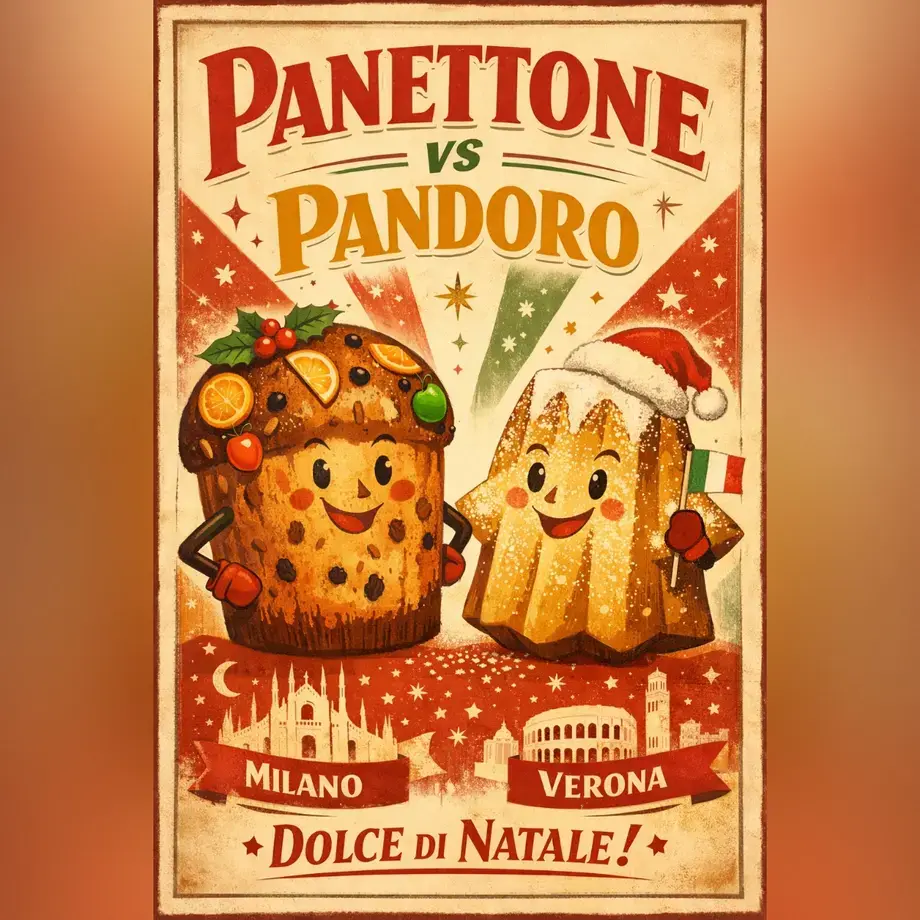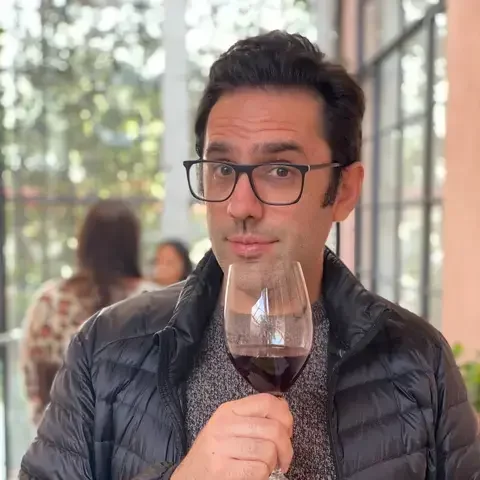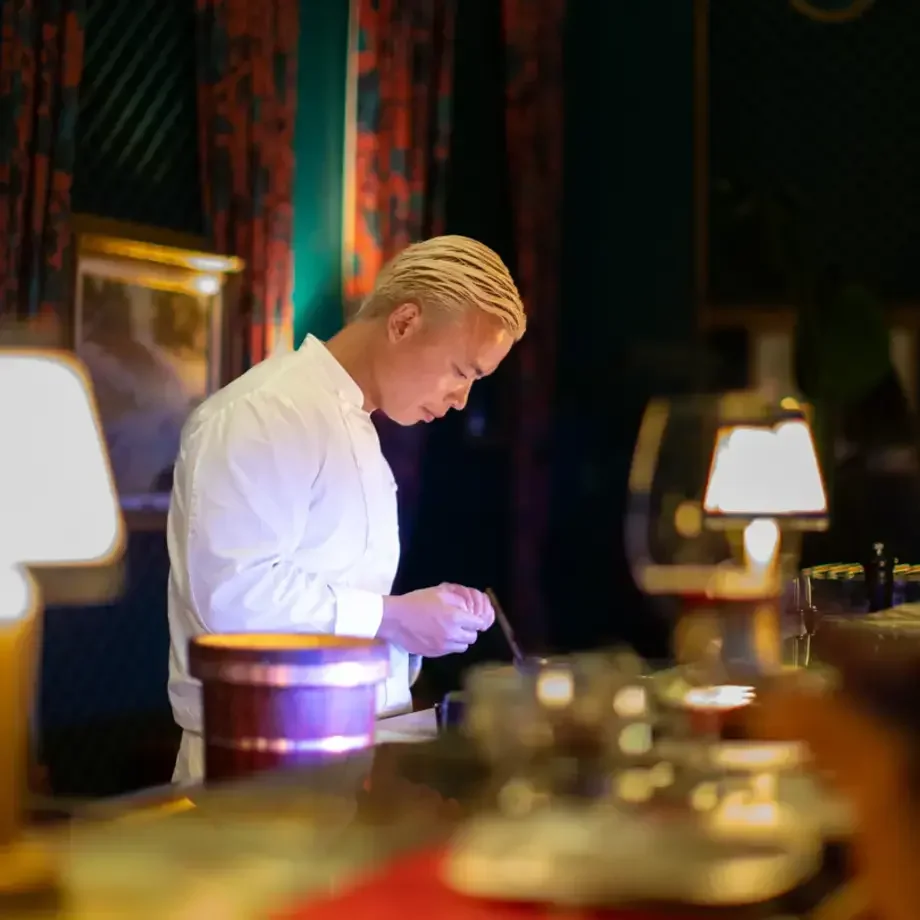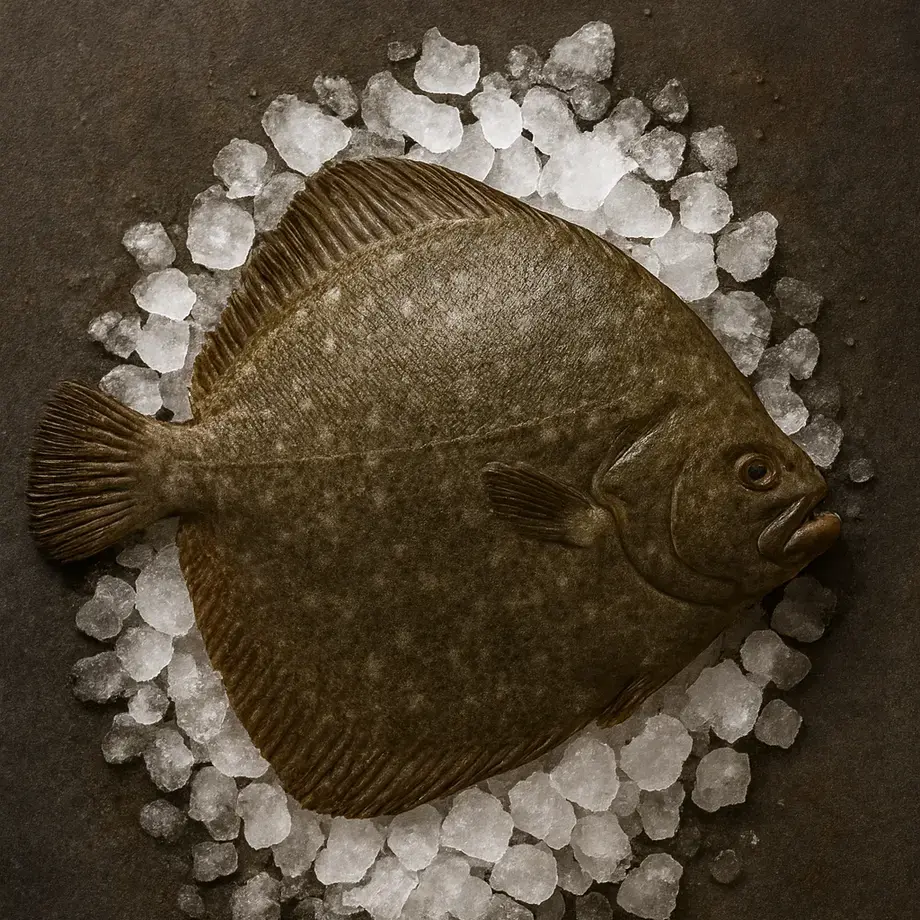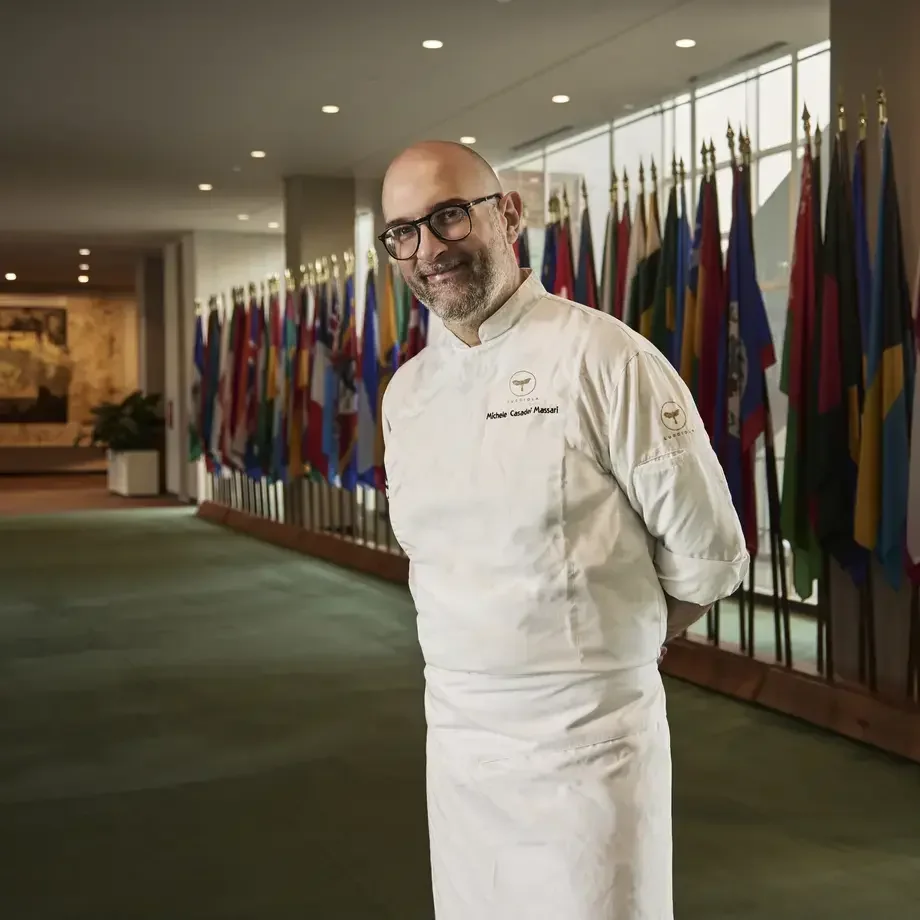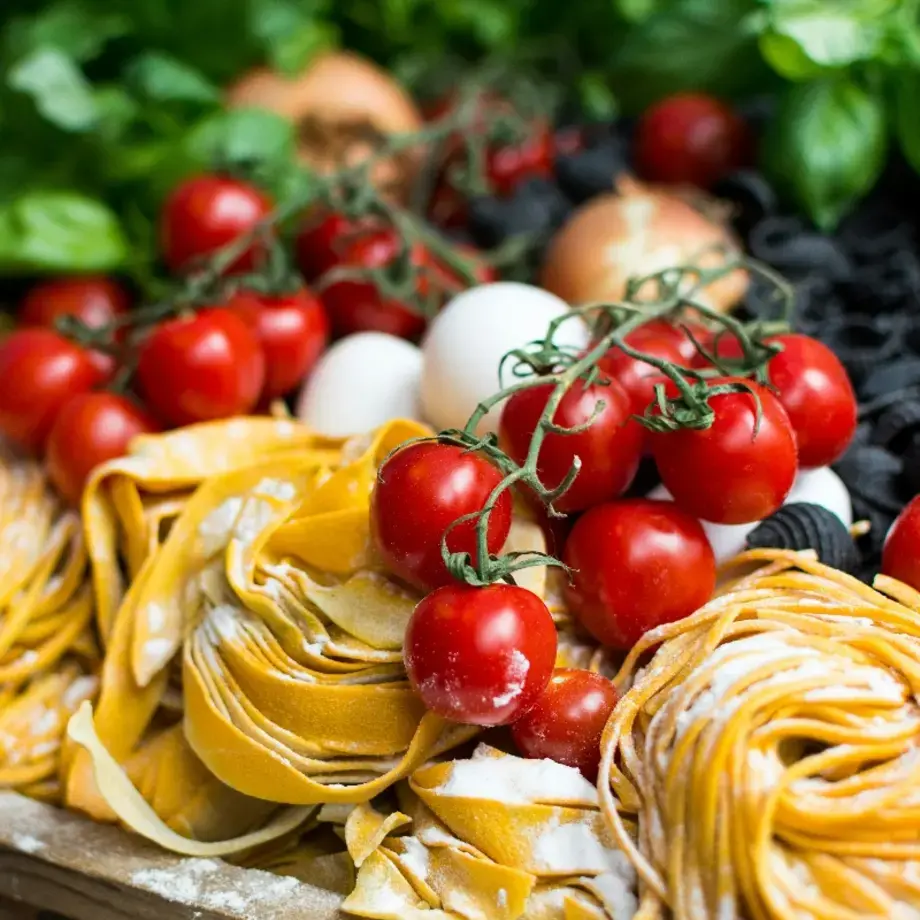How to Spot a Truly Great Restaurant
For diners who care about quality, sustainability, and craftsmanship, the challenge is figuring out which restaurants actually live up to those ideals, and which ones just use the right buzzwords. Nayfeld has a simple answer: pay attention to the details.
“The truth is, a lot of times, the restaurants will tell you everything you need to know on the menu, on their social media, or on their website,” he explains. “You’ll read a menu—does it say Parmesan, or does it say 12-month or 24-month Parmigiano Reggiano? Does it say Pecorino Romano? Does it list the olive oil source? Do they actually showcase the producers they work with?”
Menus are just one piece of the puzzle. Nayfeld also encourages diners to look at how things are done, both in the kitchen and on the plate.
“There are so many different choices and steps you can take—even for the most simple food—to make it extraordinary,” he says. “That’s the difference between a dish where you’re like, ‘Wow, why is that the best bowl of pasta I’ve ever had in my life?’ versus one where you think, ‘Okay, that was good. It was serviceable.’”
Take something as basic as garlic. “There are so many restaurants using pre-peeled garlic, or even pre-sliced garlic that’s been sitting in a metal container for days. That’s when you get that funky, not-very-fresh garlic flavor. At our restaurant, we peel and slice all of our garlic by hand, to order. It seems like a small thing, but all of those little decisions add up to something bigger.”
It’s the same with olive oil. “What kind of olive oil are they using? Are they finishing with real, high-quality extra virgin olive oil, or are they using some cheap blend from a jug? Are they using single-origin olive oil, or is it some random bulk product? These are the things that separate an okay restaurant from an amazing one.”
Then there’s the craft itself. “One of the hardest things to do is make pasta by hand,” Nayfeld says. “So many restaurants just buy a pasta extruder, throw in some flour, water, and eggs, and say they’re making fresh pasta. But they don’t actually understand how different flours react, how much hydration it needs, how gluten elasticity works. A lot of times, what you end up with is pasta that wasn’t dried properly before cooking, so it doesn’t absorb the water right. And when that happens, you’re basically just eating raw flour.”
At a great restaurant, the difference is in the technique. “Understanding pasta means knowing how to mix the dough, how to roll it, how long to dry it, how to shape it properly. It takes years of refining to get it right. And then, what are you serving with it? Are you grinding your own meat for a Bolognese, or are you just buying pre-ground meat? Are you using beautifully cured whole-muscle pork products, or just whatever pancetta you can get your hands on? Are you cooking with garbage boxed wine, or are you using a great bottle of Sangiovese?”
None of these things are hidden from the diner, you just have to know what to look for. “In a restaurant, you can usually see it,” he says. “Is there an open kitchen? Are you watching them finish dishes with olive oil? What does their Parmesan look like? Are they grating it fresh, or is it coming pre-grated with anti-caking agents in it? These things all tell you something.”
At the heart of it, a great restaurant is one that makes the right decisions at every step, not just for the sake of a higher price tag, but because those decisions add up to a better meal.
“People think they need to be sourcing experts to know if a restaurant is good, but you don’t,” Nayfeld says. “You just have to be paying attention.”


